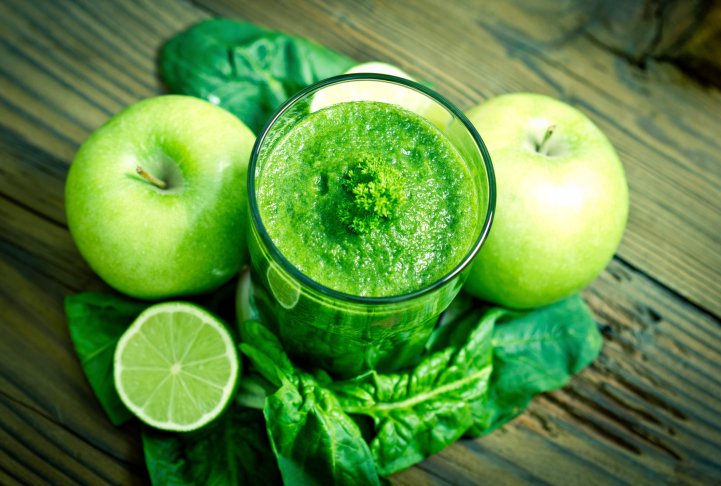Acid/alkaline food theory is an important concept in healthy eating. In general, it is believed that we should consumer about 20 percent acid forming foods and 80 percent alkaline forming ones. Our body needs enzyme to digest and they are important catalysts to allow the proper biochemical processes to occur. As an example, ptyalin in the first digestive enzyme we use to digest food and it is found in the saliva. It turns starches into the simpler maltose. Maltose will be further processed by the amylase enzyme that our pancreas produces. Amilase splits maltose into a complex form of sugar, known as polysaccharides, which can be converted by our intestines into simple sugar, which will be usable for our body. Our liver stores unused sugar to form glycogen, which is useful for various purposes.
In general, acid-alkaline balance is needed to help our body adjust enzyme production and usages properly. Our daily activities also affect the production of acid and alkaline substances. Our mental activities during the day will cause acid buildup, while alkalizing night activities allows us to establish balance, through rest and other activities. We may also maintain acid-alkaline balance through proper eating. Alkaline-forming fruits include tomatoes, tangerines, tamarind, raisins, quince, prunes, plums, persimmons, pears. Papaya, orange, sundried olives, nectarines, melons, mangoes, limes, ripe lemons, kumquats, guavas, grapefruit, grapes, figs, dates, currants, cherries, cantaloupe, cactus-based fruits, all berries, speckled bananas, avocados, apricots and apples. Slightly acidic fruits are all pickled, sugared, sulphured, dried and preserved fruits. “Green” fruits that are not yet ripe are also slightly acidic.

Alkaline vegetables include watercress, water chestnut, turnips, squash, spinach, soybeans, sorrel, sauerkraut, salsify, rutabaga, radish, pumpkin, potatoes, peppers, parsnips, parsely, oinions, okra, mushrooms, lettuces, legumes, leek, kohlrabi, kale, horseradish, garlic, escarole, endive, eggplant, dill, dandelion, cucumber, collards, chives, chickory, chayotes, chard, cauliflower, celery, carrots, cabbage, beets, sprouts, string, lima, beans, bamboo shoots and asparagus. On the other hand, rhubarb, lentils, brussel sprouts, white asparagus tips, artichoke and all dried beans are slightly acidic. Alkaline dairy products include kefirs, clabbered milk, yogurt, whey, buttermilk and acidophilus cultured milk. Acid-forming dairy products may include canned and condensed milk, as well as custards, sherbet, ice cream, common cream, any kind of cheese and butter. It should be noted that all meats are acid-forming, including fish and chicken. However, we could chew soft bones in canned sardines because they are slightly alkaline.
All alcoholic beverages should also be considered as acidic. Buckwheat is considered the most alkaline among grains and raw almond among nuts. If we plan to use food as healing components, we should understand how it could change our body chemistry. We are supposed to enjoy a long, healthy life, not a shorter one ridden with misery and sickness. Many patients get immense improvements after consuming healthy ray food that can treat various conditions, such as peptic ulcers. In fact, we may not need medicine or intense diet to achieve healing through food. Food can be powerful medicine.

